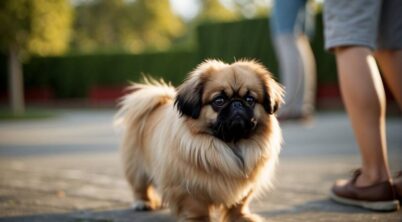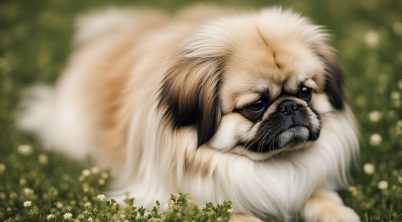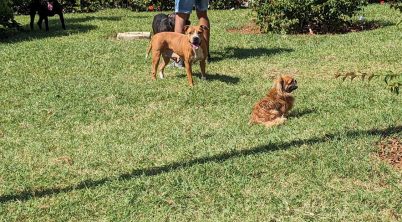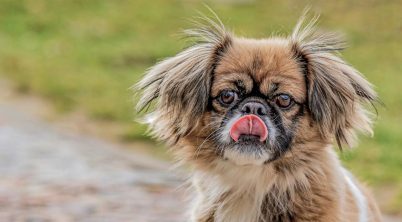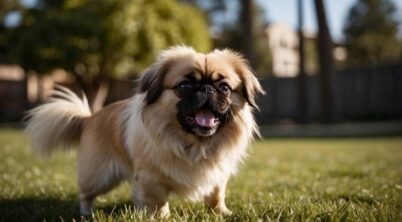Understanding the heat cycle of a Pekingese dog is crucial for responsible breeding and pet care. The estrous cycle in dogs includes several phases, with the Pekingese experiencing these in the same manner as other breeds. Typically, a Pekingese may enter her first heat cycle between six months and a year of age, which signals her sexual maturity. The timing may vary slightly based on individual development and size.
The cycle itself can last between 2-4 weeks, beginning with the proestrus stage, identified by a noticeable swelling of the vulva and a blood-tinged discharge. During this phase, Pekingese females are not receptive to males and will not mate. Following proestrus, the dog enters the estrus phase, during which she becomes receptive to mating. Careful attention and management are necessary during this time to ensure the health and well-being of the Pekingese, whether the owner intends to breed or prevent pregnancy.
For Pekingese owners, recognizing the signs and understanding the duration of the heat cycle are essential. Providing a safe and calm environment, along with extra attention, can help in keeping a Pekingese comfortable during her heat. Additional steps such as using doggy diapers and maintaining cleanliness are beneficial in managing this natural process with minimal stress for both the dog and the owner.
Table of Contents
Understanding the Pekingese Heat Cycle
The Pekingese dog, like other female canines, goes through a regular reproductive cycle known as estrus or heat. This cycle comprises several distinct stages, each with unique physiological and behavioral changes.
Proestrus marks the start of the heat cycle. Pekingese owners might notice:
- Swelling of the vulva
- A blood-tinged discharge
- Possible behavioral changes
During this stage, the female dog doesn’t typically allow mating.
Following proestrus is the estrus phase, where the Pekingese becomes receptive to male dogs. This period can last from 5 to 10 days, and signs include:
- Decreased blood flow or stopping of discharge
- A softened and enlarged vulva
- Acceptance of male dogs for mating
Ovulation usually occurs during this time, typically 2 to 3 days post mating.
After estrus, the dog enters diestrus, which is either a period of pregnancy or a time when the uterus resets if no pregnancy occurs. This phase can span 10 to 140 days.
Finally, anestrus, the resting phase of the cycle, occurs. No sexual behavior or activity is observed during this time.
It’s important for Pekingese owners to consult with a vet to properly understand and manage their pet’s heat cycle. Regular tracking of the cycle can aid in health management, including decisions about breeding and spaying.
Recognizing Signs of Heat in Your Pekingese
Owners of Pekingese dogs, renowned for their distinctive lion-like appearance and regal demeanor, should be attentive to the signs of heat, known as estrus, in their pets. It’s crucial to monitor these signs for any irregularities that may indicate health issues, such as blood in the urine, which can sometimes be confused with signs of estrus.
Physical Changes
The physical signs of estrus are often the first indicators owners will notice. The vulva of a Pekingese in heat will typically become visibly swollen, which is a clear sign she has entered this breeding phase. Along with the swelling, there will be a bloody discharge, which varies from light pink to a darker red as the cycle progresses. While bleeding is a natural part of the heat cycle, it’s important to be alert for excessive blood which may be a sign of complications such as urinary health issues or an eye infection from excessive cleaning, requiring attention from a veterinarian.
- Swollen Vulva
- Bleeding: Light to dark red discharge
- Veterinary Attention: For excessive or abnormal bleeding
Behavioral Alterations
A change in behavior is another sign that your Pekingese is in heat. Female Pekingese may display clinginess, seeking more attention than usual or showing nervousness. It’s not uncommon for them to exhibit a decreased appetite during this time. Be attentive to these alterations, as they can inform you about their well-being during this potentially uncomfortable time.
- Clinginess: Increased need for attention
- Nervousness: Signs of discomfort or stress
- Appetite Changes: Decreased interest in food
Management and Care During Heat
When a Pekingese enters her heat cycle, it is crucial to prioritize her comfort, maintain rigorous hygiene standards, and ensure proper levels of exercise and stimulation.
Ensuring Comfort
A Pekingese in heat may exhibit increased anxiety and require additional attention to feel at ease. It’s important to provide a safe and calm area for rest, where she can retreat from the heightened interest of male dogs and the stress it may cause. Implementing the use of doggy diapers can help manage any bloody discharge and keep her comfortable.
Hygiene and Safety
Maintaining cleanliness is essential during heat, as a female dog will clean herself more frequently. Owners should monitor for cleanliness to prevent infections and maintain a hygienic environment. A Pekingese’s urination frequency will increase to spread her scent; thus, routine cleaning of any soiled areas is necessary. When outdoors, ensuring your dog has secure ID tags and is microchipped can prevent them from getting lost if they seek out male dogs.
Exercise and Stimulation
Despite a Pekingese’s generally low energy level, appropriate exercise remains important during the heat cycle. Short, leashed walks can mitigate the risk of unwanted advances from male dogs and meet her need for stimulation. Utilize puzzle toys indoors for mental engagement and to keep her occupied. Be mindful to adjust exercise routines according to her energy levels and ensure proper rest as needed.
Health Considerations and Vet Visits
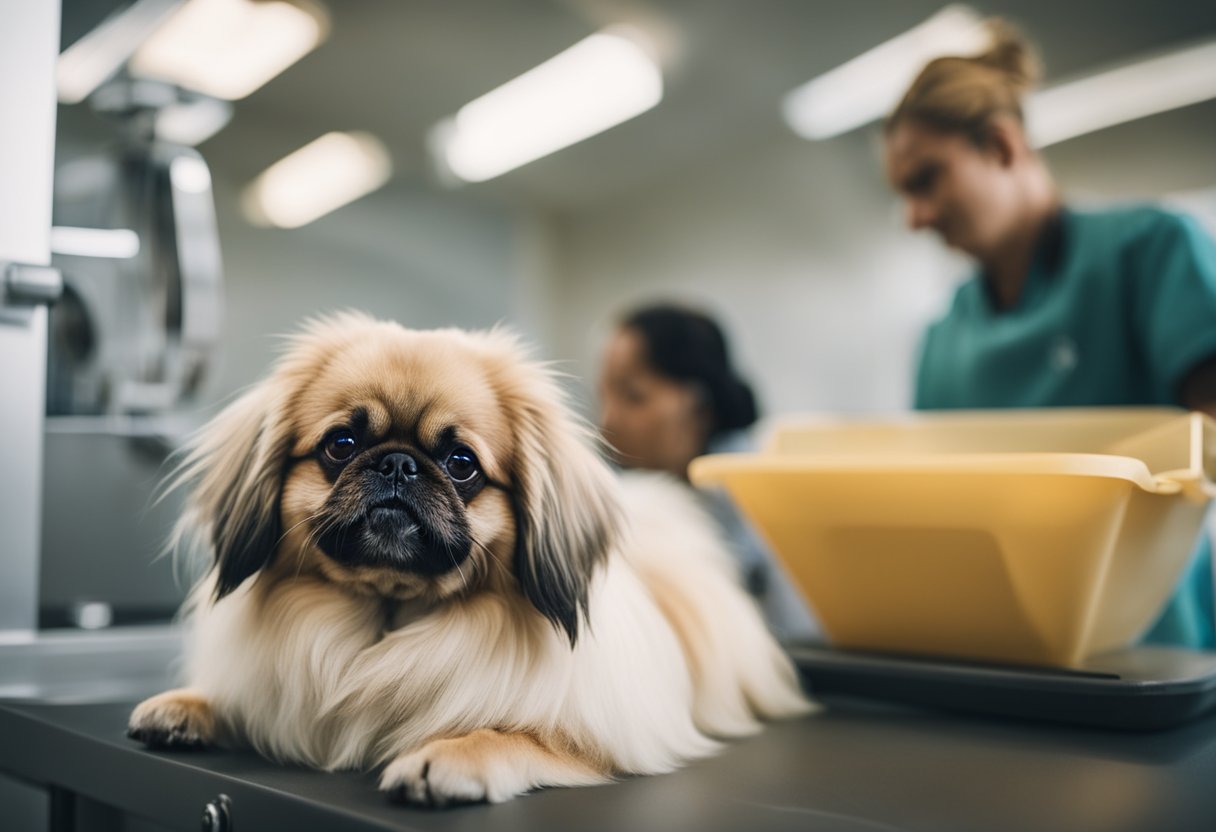
In managing a Pekingese’s health during her heat cycle, it’s crucial to recognize potential reproductive risks and maintain consistent veterinary care.
Reproductive Health Risks
Female Pekingese dogs, upon reaching sexual maturity, experience a cyclical phase of fertility known as the estrous cycle. Pyometra is a serious health risk associated with the heat cycle, wherein infection accumulates in the uterus, leading to a potentially life-threatening situation. Mammary cancer is another condition influenced by hormone levels, particularly estrogen. Spaying can significantly reduce the risk of both pyometra and mammary cancer by removing the ovaries and uterus.
Symptoms like a bloody vaginal discharge or changes in the vulva’s appearance necessitate a veterinary assessment to rule out complications. It’s important to be attentive to the signs of these illnesses, and potential Pekingese breathing problems can compound the stress of the heat cycle.
The Importance of Regular Check-Ups
Regular visits to the veterinarian are essential for monitoring hormone levels and overall reproductive health. A vet can provide guidance on managing a Pekingese’s heat cycle and may discuss the merits of spaying before the first cycle, given the breed’s maturity age and the associated health benefits.
During these check-ups, a veterinarian will also assess for any signs of infections or abnormalities in the reproductive system, contributing to early detection and treatment. For a breed susceptible to breathing difficulties due to its brachycephalic nature, keeping an eye on symptoms during the estrous cycle becomes doubly important, as stress and increased physical exertion could exacerbate any Pekingese nose problems or related conditions.
Planning for Mating or Prevention
When considering the breeding or prevention of pregnancy in Pekingese dogs, pet owners must understand the intricacies of the heat cycle and fertile periods. Decisions should be based on sound knowledge of the breed’s reproductive needs and the best practices for either mating planning or ensuring effective prevention.
Breeding Your Pekingese
To breed a Pekingese, an owner should be aware of the breed’s specific heat cycle. Pekingese are smaller breeds and typically enter their first heat cycle between 6 and 12 months. During the cycle, which occurs about twice a year and can last from 18 to 24 days, it is important to recognize when the female is most fertile. Ovulation, the period in which the female is most receptive to a male dog and can conceive, generally occurs after the first signs of heat.
- Best Breeding Practice:
- Monitor the female’s behavior for receptiveness.
- Consult a veterinarian to determine the precise timing of ovulation.
Proper rest and nutrition are crucial during this period to ensure the health and well-being of the breeding Pekingese.
Preventing Unwanted Pregnancy
To prevent unwanted pregnancy in Pekingese dogs, spaying is a recommended solution. Spaying a female dog before her first heat significantly reduces the risk of unwanted pregnancy and potential health issues.
- Spaying: Involves the surgical removal of a female dog’s reproductive organs.
- Timing: Ideally done before the first heat cycle to avoid the risks that come with a female entering her fertile period.
For male Pekingese dogs, neutering is a viable option to prevent the ability to mate. Responsible pet owners of non-breeding Pekingese should always consider these preventive measures to maintain the dog’s health and avoid contributing to the overpopulation of pets.

